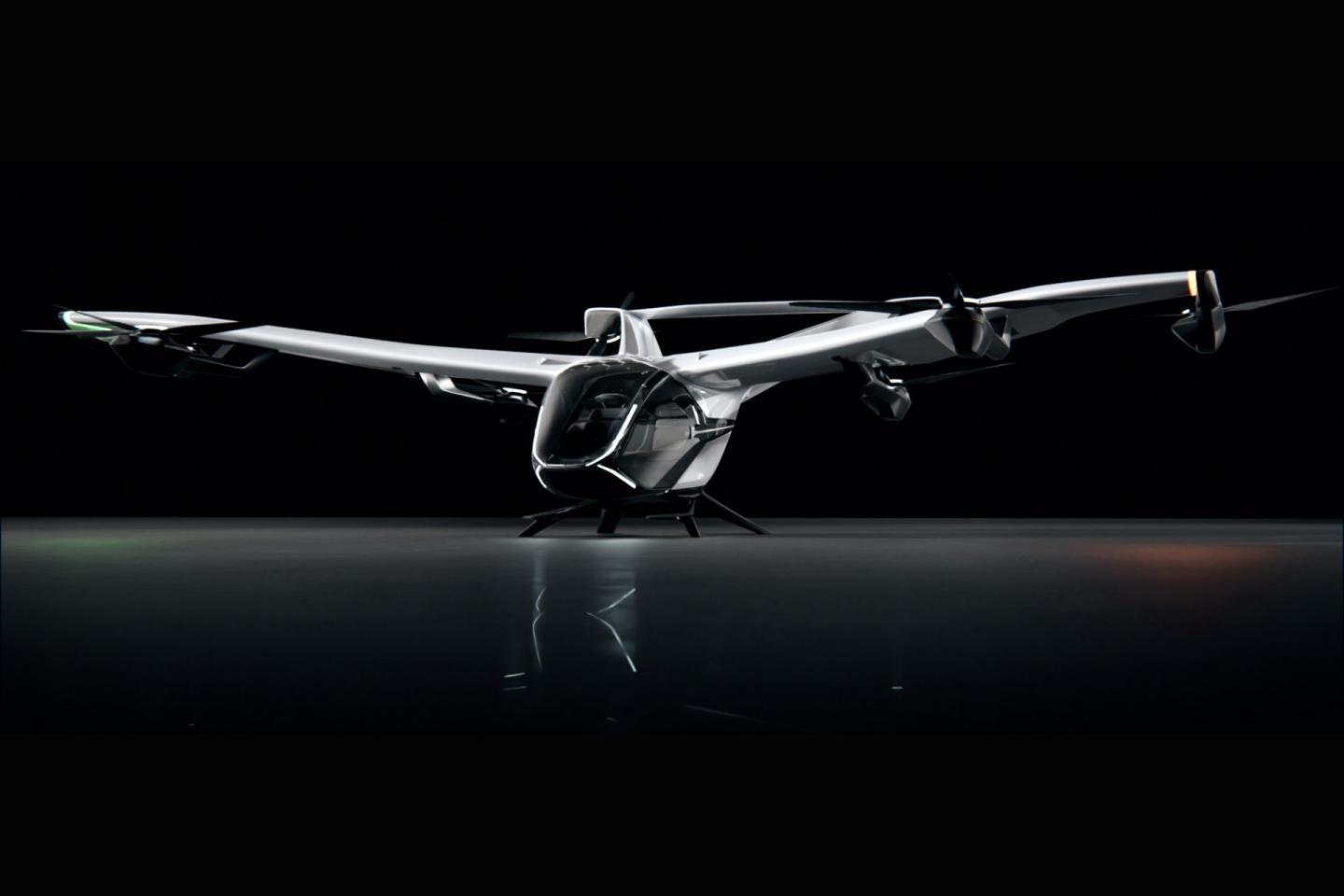
DUBAI—Airbus has established a separate, independent entity to develop its urban air mobility capabilities.
Based in Munich, Germany, Airbus Urban Mobility will develop a family of urban air mobility vehicles starting with the company’s CityAirbus NextGen winged multi-copter platform.
Having the urban mobility business adjacent to the rest of the Airbus group “allows us to move faster and allows us to be more agile,” said Balkiz Sarihan, head of Airbus’ UAM strategy speaking, on the second day of the Dubai Airshow. Although the UAM unit will be independent, it will still be allowed to “tap into all the resources that exist in all the classic divisions of Airbus,” Sarihan said.
Such independence was necessary to be able to speedily react to the numerous startups in the sector, which now number more than 300.
The Munich-based business unit is gearing up to make announcements on the supplier base for the NextGen platform in the coming weeks as well as reveal new partners, which could include airlines, Sarihan suggested. Airbus has already confirmed it is working with Paris’ public transport company RATP, Munich Airport and rail operator Deutsche Bahn on how UAM could be integrated into a city’s wider transport network.
Airbus wants to fly the three-passenger one-pilot electric vertical take-off and landing (eVTOL) platform in 2023. European Union Aviation Safety Agency certification is planned for 2025. Sarihan confirmed that the aircraft would feature removable battery packs and be optimized for fast charging.
Sarihan admits that UAM services may not be suitable for everywhere, at least initially. Cities like Dubai, where high temperatures already challenge conventional helicopter operations, could leave eVTOL unable to fly. Installing systems to make passengers comfortable, such as air conditioning systems, would put a squeeze on battery performance and potentially limit range. Sarihan said a key focus has been on eliminating moving parts from the design to make it “less susceptible to environmental factors.” There will likely be further investments in battery-performance power and weight that could enable NextGen to be “customized to different operating environments,” Sarihan said.
